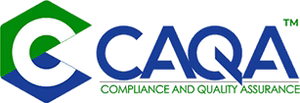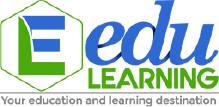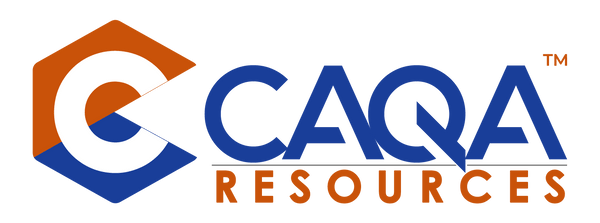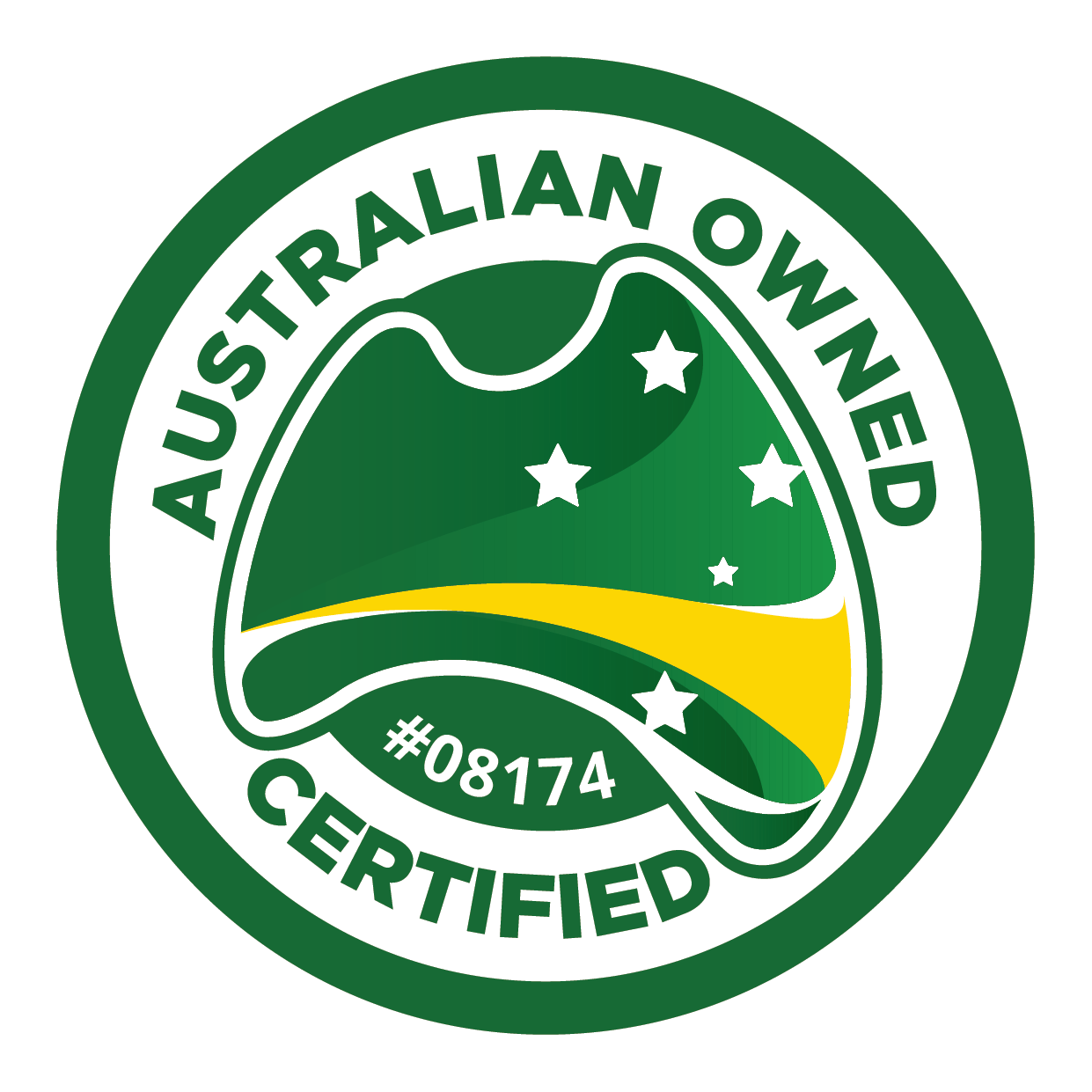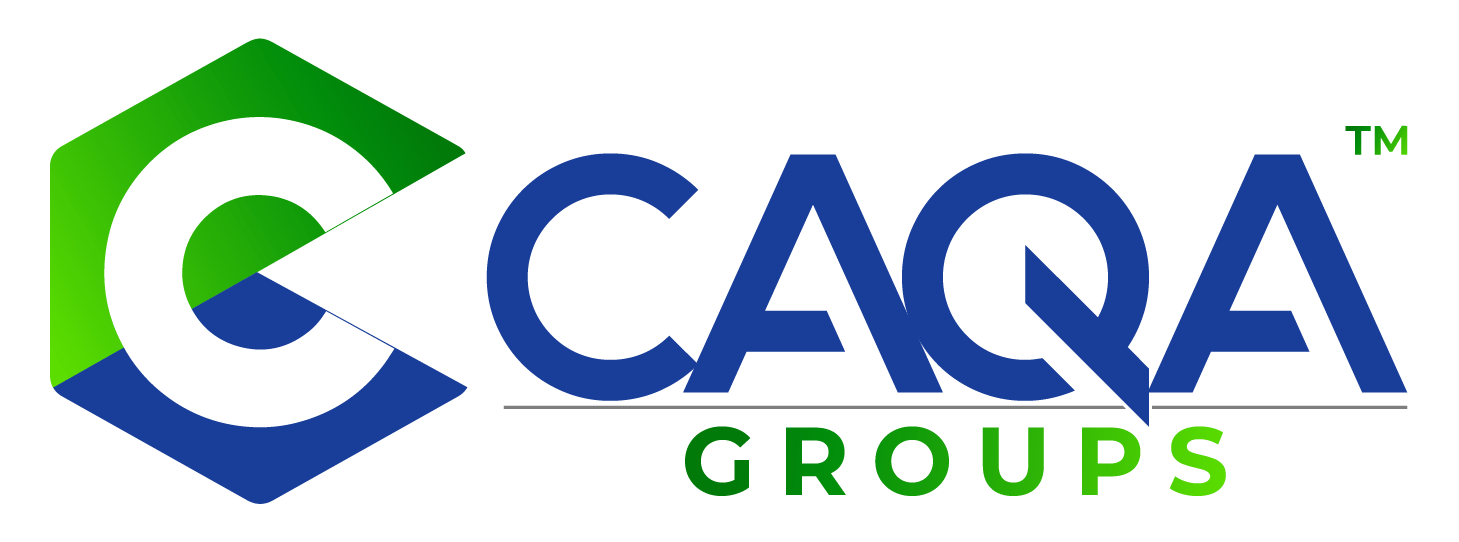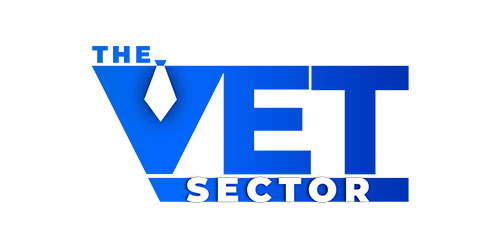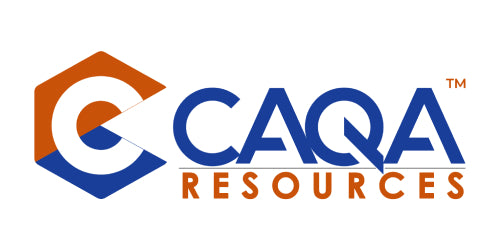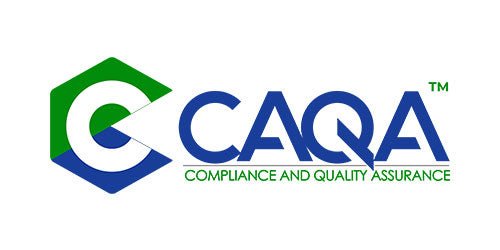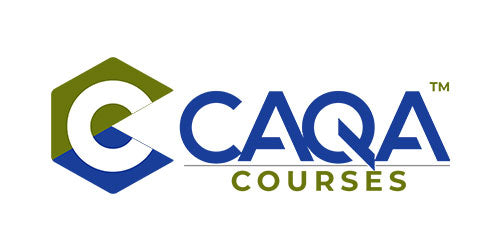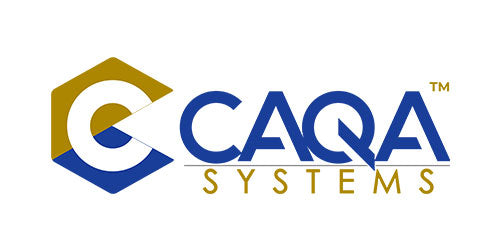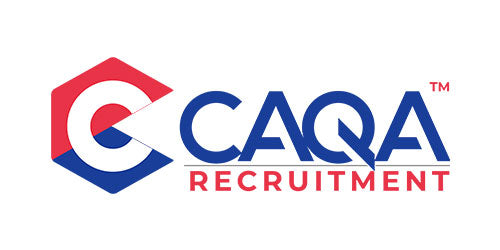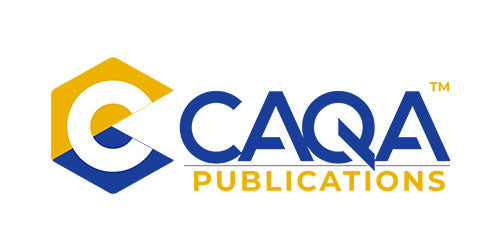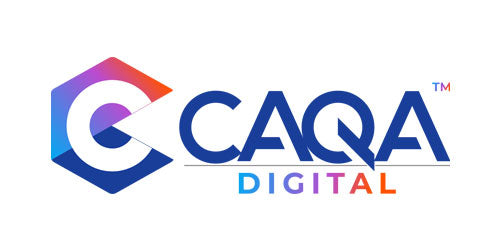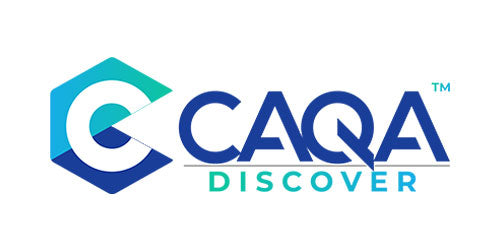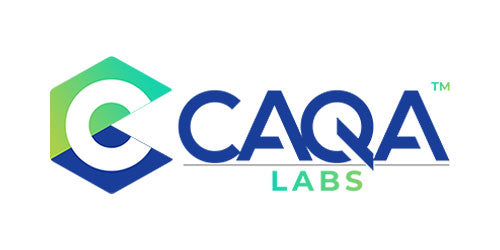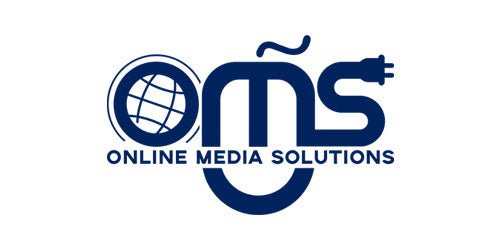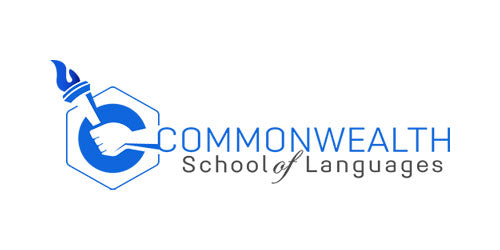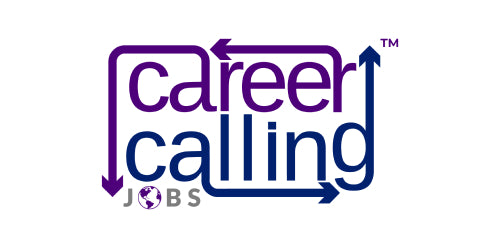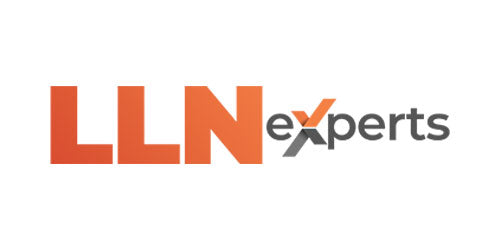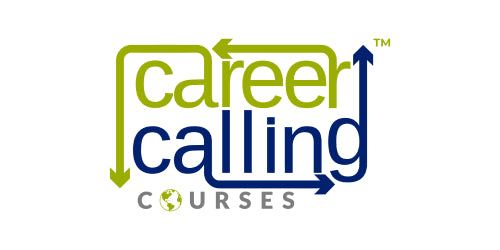In the Vocational Education and Training (VET) sector, assessment serves as a critical process for gauging a learner's competence against industry standards. It involves collecting various forms of evidence—be it through observation, written tests, or hands-on tasks—to evaluate if the learner possesses the requisite skills, knowledge, and attitudes for a specific qualification or training product.
Purposes of Assessment in VET
Skill Demonstration: Allows learners to exhibit their abilities in performing tasks and meeting standards for specific occupations.
Competency Measurement: Helps in identifying how close one is to achieving full competency in a given skill set.
Regulatory Compliance: Ensures learners meet the criteria established by licensing or regulatory bodies.
Skill Gap Analysis: Helps in identifying training needs and gaps in a learner's abilities.
Language, Literacy, and Numeracy (LLN) Needs: Evaluates the basic skills necessary for effective participation in work and training.
Performance Evaluation: Assesses how well a learner performs in a work environment.
Organisational Needs: Meets the specific requirements set by organisations for their workforce.
Types of Assessment
Formative Assessment
- Continuous and Iterative: Ongoing throughout the course.
- Feedback-Oriented: Provides real-time, specific, and constructive feedback.
- Self-Assessment: Allows for learner reflection and self-assessment against set goals.
- Lifelong Learning: Designed to promote skills like self-awareness and problem-solving.
- Collaboration: Promotes learner interaction and cooperation.
Summative Assessment
- Competency-Focused: Determines whether a learner has met the criteria for a qualification.
- Comprehensive: Often involves multiple tasks or tests over an extended period.
- Stakeholder Involvement: Includes all parties interested in the learner’s success.
- Clarity and Transparency: The process and criteria are clearly outlined and understood.
- Holistic Evaluation: Covers all components of the training product.
Principles to Uphold in Both Types
- Alignment with learning objectives and outcomes.
- Compliance with assessment principles and rules of evidence.
- Use of varied assessment methods.
- Promotion of lifelong learning skills.
Advantages and Disadvantages
Formative Assessment: Often more learner-centred, offering ongoing feedback and allowing for course adjustments. However, it might not be as rigorous as summative assessment.
Summative Assessment: Typically more structured and can more definitively state if a learner is competent. However, it occurs after the fact and doesn’t allow for course correction during the learning process.
In summary, both formative and summative assessments are instrumental in the VET sector. They serve different purposes and employ different methodologies but ultimately aim to ensure quality education and skill development. By understanding the specific advantages and applications of each, VET practitioners can more effectively meet the diverse needs of learners, employers, and the community at large.
Frequently Asked Questions about Assessment in Vocational Education and Training (VET)
1. What is the Purpose of Assessment in VET?
Assessment in VET is designed to evaluate a learner's skills, knowledge, and attitudes against industry standards. The assessment ensures that learners can perform specific tasks required for certain occupations, fulfil regulatory criteria, and meet organisational needs.
2. What Types of Assessments are Used in VET?
VET uses two primary types of assessments: formative and summative. Formative assessments are ongoing and offer real-time feedback to help learners improve. Summative assessments occur at the end of a training program to judge whether a learner meets the criteria for a qualification.
3. How Does Formative Assessment Differ from Summative Assessment?
Formative assessment is continuous and focuses on learner improvement, offering feedback during the course. Summative assessment is conclusive, determining whether a learner has successfully met the criteria for a qualification.
4. What are the Principles of Formative Assessment?
Principles include alignment with learning objectives, realistic task design, timely and specific feedback, opportunities for self-assessment, and promotion of lifelong learning skills such as problem-solving and self-awareness.
5. What are the Principles of Summative Assessment?
Principles include alignment with learning outcomes, comprehensive evaluation of learner's competency, stakeholder involvement, and clarity and transparency in the process and criteria.
6. How Do Assessments Contribute to Skill Gap Analysis?
Assessments identify areas where learners may lack skills or knowledge. This helps trainers tailor their instruction to fill those gaps, ensuring that learners are prepared for the workforce.
7. What are Language, Literacy, and Numeracy (LLN) Assessments?
LLN assessments evaluate the basic skills required for effective participation in the workforce and training programs. They help in identifying learners who may need additional support in these foundational areas.
8. How are Assessments Validated in VET?
Assessment validation involves a systematic quality check to ensure that assessments are fair, reliable, and meet all regulatory requirements. This often involves peer review or auditing processes. The assessments should be validated prior to use (pre-validation), during the use, and after the use (post-validation).
Feel free to reach out if you have more questions about assessment in VET!
Suggested Read: CAQA Resources' Approach to Developing Assessment and Learner Resources



